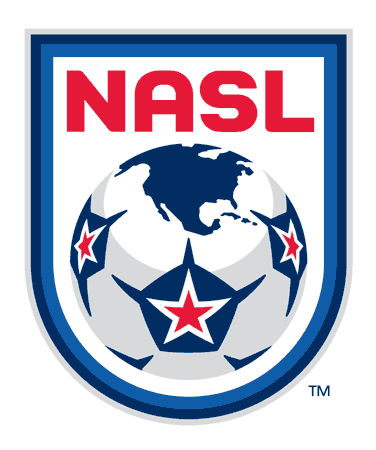
A new division three league is coming to the U.S. Soccer pyramid, and it has some lofty aims.
The National Independent Soccer Association is beginning play in 2018 with some very ambitious goals. They want 8-10 teams for their first year and 14-16 for their second. Eventually, they want 24 teams nationwide and a promotion/relegation partnership with the NASL and NPSL, according to the Midfield Press. According to the report, the NASL has shown interest in the potential arrangement and could be tempted to partner once the league is up and running.
The NASL needs to temper these very optimistic plans and deal with its own issues before officially getting in bed with a startup D3 league, let alone unleashing the pro/rel dragon upon this fragile soccer ecosystem.
The NASL came ever so close to folding last winter. They lost Ottawa Fury and Tampa Bay Rowdies to its arch rival, the United Soccer League. Two of their teams, Fort Lauderdale Strikers and Rayo OKC, folded due to financial troubles. The New York Cosmos, the keystone franchise that holds the whole league together, was salvaged by Rocco Commisso coming in at the last second and buying the club. To replace these departures, the NASL added the San Francisco Deltas, the only expansion club to join the league this season.
Even the teams currently in the league aren’t safe. Miami FC is threatened by David Beckham getting closer and closer to bringing MLS to South Florida. FC Edmonton could jump ship for the new Canadian Premier League, which hopes to get started in 2018. The Cosmos could always outspend themselves and see another ownership group leave the club. Things may be smooth at the moment, but there’s always the chance of another upheaval.
The league is desperately trying to hang onto its provisional D2 status, which requires 12 teams, stadiums with a capacity over 5,000, most teams playing in markets larger than 750,000 people, and several other arbitrary standards. It is working on expansion efforts in several markets to reach the 12-team threshold, but nothing is sticking so far. Several new markets are in the works for next year. Orange County is official, while groups in San Diego and Atlanta are also interested. Detroit, Cleveland, Oakland, and several other cities have also been rumored in the past.
While league expansion certainly needs to happen, the NASL needs to be more selective of the markets it chooses if it wants viable long term stability. Atlanta and Orange County represent the league going toe-to-toe with the MLS-USL combination, which has already ruined them in the past. San Diego, while a nice idea at the moment, is in the heat of MLS expansion discussion, which could result in a new NASL club folding after only a couple seasons.
The NASL needs to be courting cities with no professional soccer and little or no ambition to join MLS. It can do this by lowering its own expansion fees and making it easier for top level amateur clubs, like the ones aiming for the NISA, to join their ranks. Cleveland, Buffalo, Chattanooga, Grand Rapids, and even Detroit, despite its MLS ties, are the cities they should be bending over backwards to welcome. Now, these places can flock to the easier to join third tier instead of jumping right to the higher levels. This would lead the NASL into forcing itself into already crowded soccer markets like Atlanta, who already pushed the league out once and whose MLS team leads the league in attendance, and Southern California, which already has two pro teams in the area with a third coming next year.
It could use the NISA as a way to test pro clubs for admittance into its league, but that would only slow the NISA’s growth. The NISA won’t like reaching its 24 team ceiling only to see several of those teams skimmed off the top by their potential parent league before a pro/rel system is in place.
Speaking of a future promotion/relegation system, it will only slow down the NASL’s expansion plans. Why would an investor throw his money into the league when it’s cheaper to join the NISA and possibly win promotion to the NASL after a few years anyway? The league risks not seeing any new teams, therefore no new growth, until the NISA is fully populated and ready to get this pro/rel thing rolling.
The problems could snowball from there. No new teams would lead to a loss of D2 sanctioning, since the NASL is barely clinging to that already. Loss of D2 sanctioning would only further push investors away and reduce the value of the league’s current clubs, potentially leading to more departing the league for greener pastures in the USL, or down in the NISA. That’s some slippery slope thinking, for sure, but it’s something that should be considered nonetheless.
A new third division league isn’t what the NASL should be focusing on right now, it makes its own growth more difficult and threatens what little stability it has. By giving its blessing to the NISA, it risks the new league poaching markets that should be joining the second tier. Therefore, the NASL will need to continue trying to force clubs into already congested soccer markets in order to survive. Even if it uses the new NISA as a breeding ground for future clubs by promoting teams that show variability on and off the pitch in the third division, the NASL is only slowing the growth of its partner league. One league loses big either way and those dreams of pro/rel will never come true.


I have just four words for the author in response to this piece:
Please. Stop. Making. Sense.
Preach!
Very sensible and well written article.